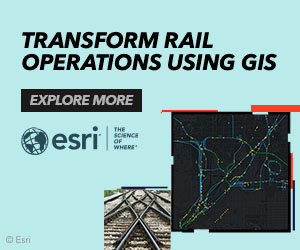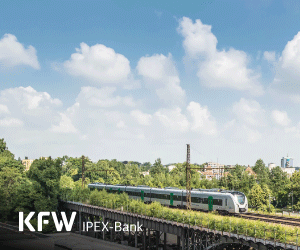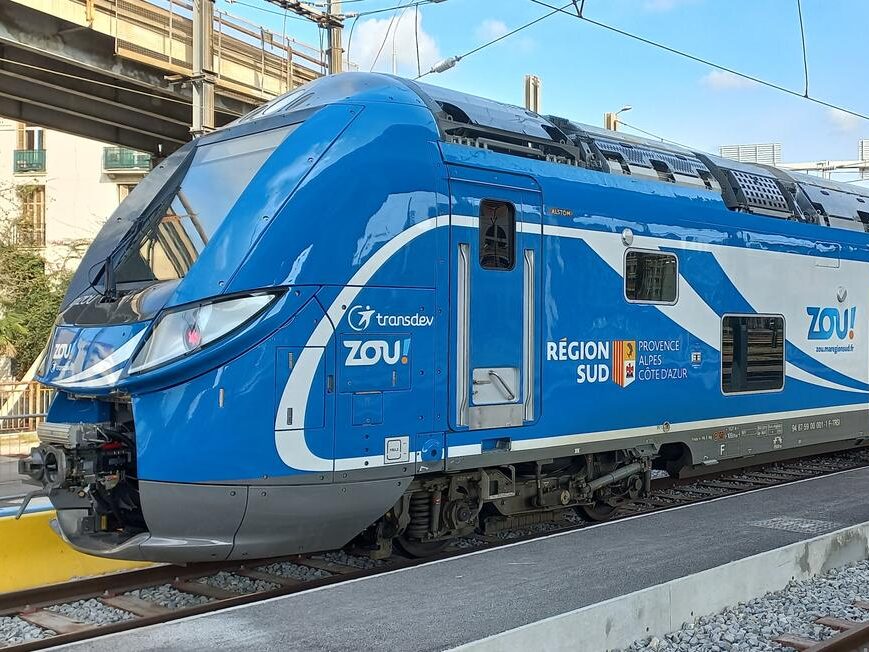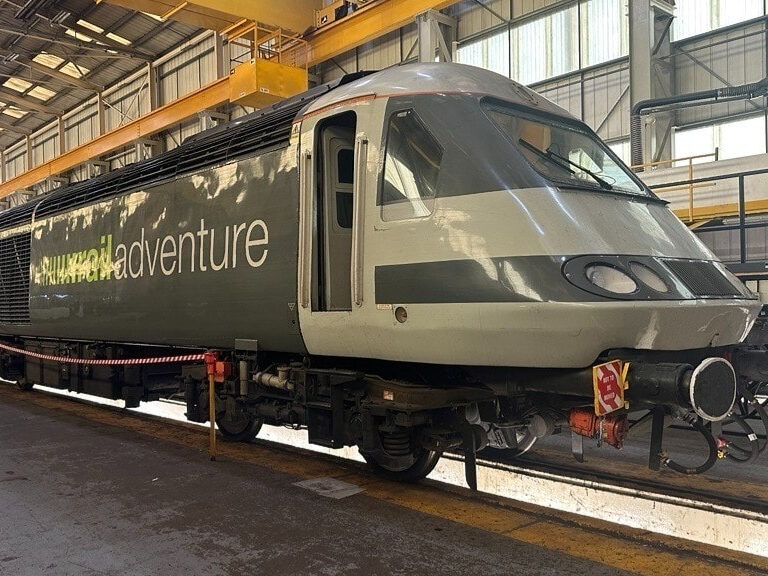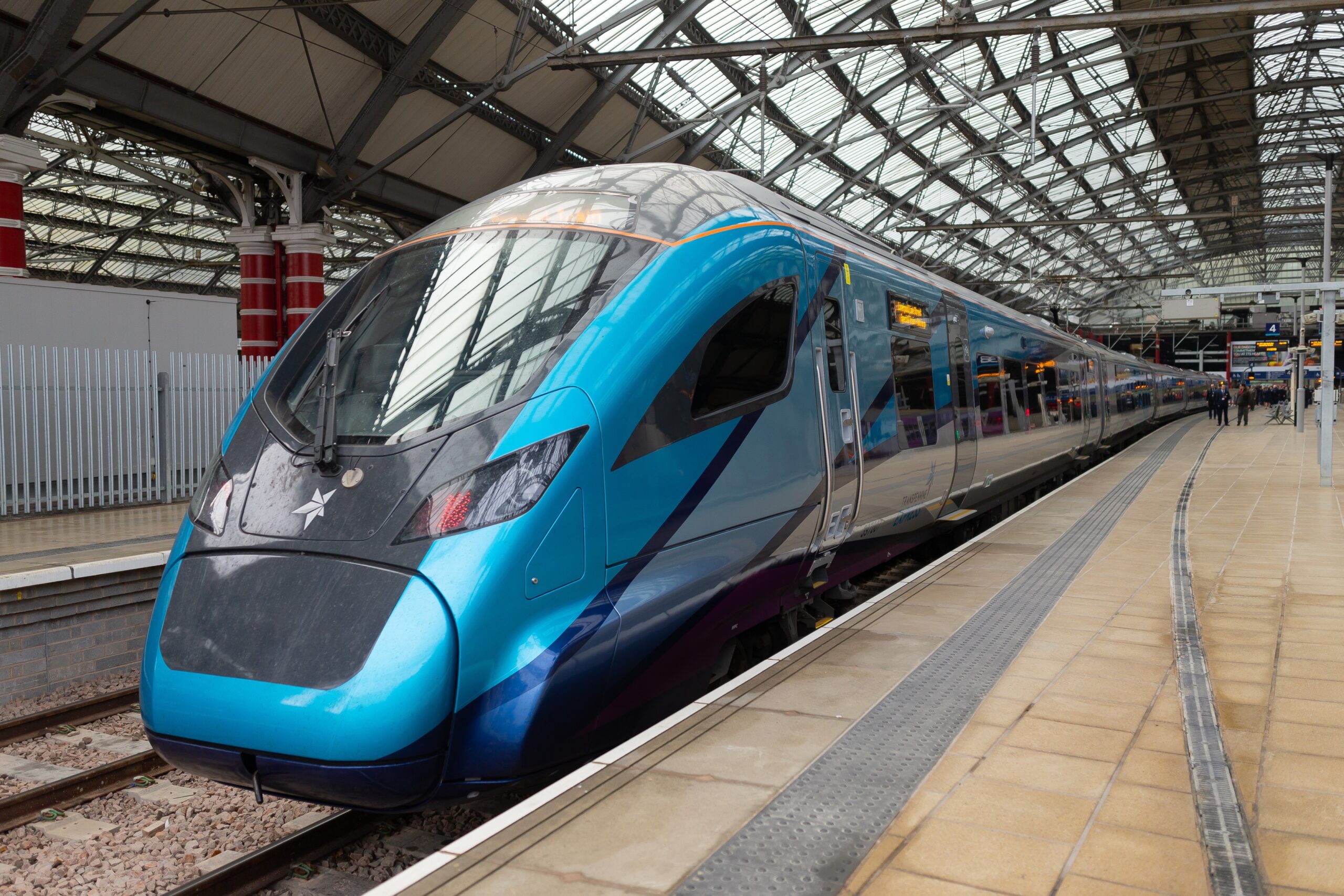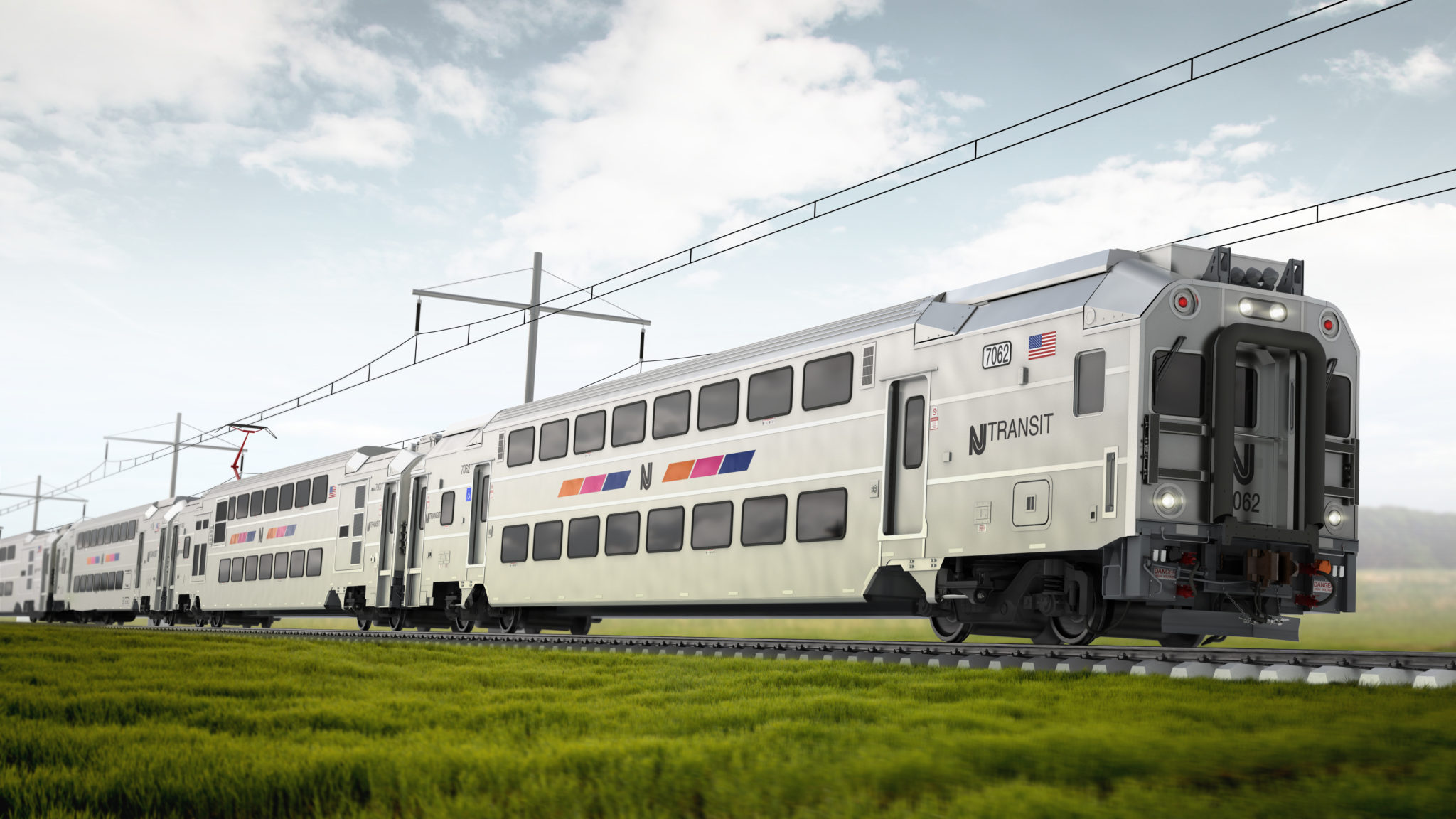The first two sets of Alstom’s Innovia Automated People Mover (APM) 300R trains have begun operation on the Bukit Panjang Light Rail Transit (BPLRT) line in Singapore.
This marks the start of the gradual deployment of the new trains, which were handed over to Singapore’s Land Transport Authority (LTA).

This contract was awarded to Alstom in 2018 and includes a significant upgrade of the BPLRT system.
The upgrade involves transitioning from the current Cityflo 550 fixed block rail control and signalling system to the advanced Cityflo 650 Communications Based Train Control (CBTC) system.
Meanwhile, Alstom will supply 19 new Innovia APM 300R cars and will retrofit 13 existing Innovia APM cars.
The first Innovia 300R vehicles arrived in Singapore in April 2022 and underwent extensive testing and commissioning.
Yann Maixandeau, Managing Director, Singapore and Malaysia, Alstom said:With over 50 years of expertise in automated people mover systems, Alstom is committed to delivering advanced, eco-friendly, and reliable mobility solutions. The upgraded BPLRT trains will feature state-of-the-art technologies, ensuring a safer, more comfortable, and efficient journey for all passengers. This milestone underscores our commitment to enhancing urban mobility in Singapore, providing residents with a seamless and sustainable travel experience.
The upgraded BPLRT trains are equipped with the latest technologies to ensure safer, more comfortable, and efficient journeys.
For example, the advanced Cityflo 650 signalling system with wireless communication will ensure faster, more efficient, fully automated, driverless journeys.
The trains also feature an advanced condition monitoring system to prevent faults, prioritising passenger comfort and safety.
They have been designed with an eco-design approach, which includes smart climate control, centralised train control, regenerative braking, and energy-efficient systems.
Additionally, the Innovia APM 300R trains have smart privacy innovations such as automatically dimming windows to cater to the line’s proximity to residential areas.






